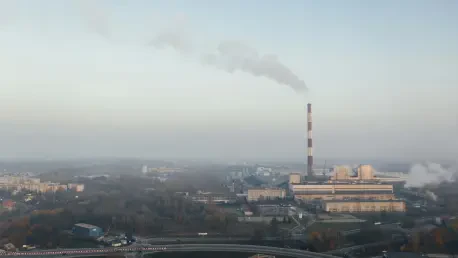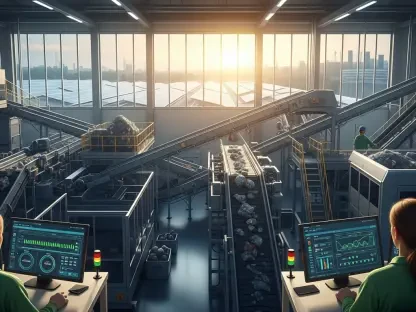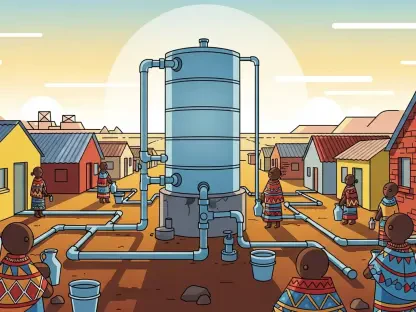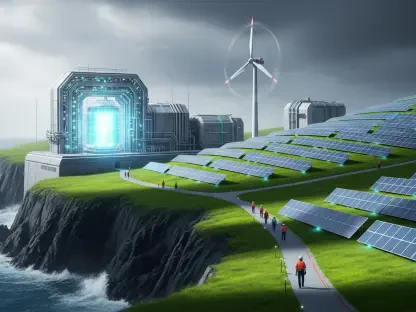Today, we’re thrilled to sit down with Christopher Hailstone, a seasoned expert in energy management, renewable energy, and electricity delivery. With his deep knowledge of utilities, grid reliability, and security, Christopher offers a unique perspective on the pressing challenges of climate change and the global energy transition. In this conversation, we dive into the alarming findings of the latest Global Carbon Budget Report, exploring the near-exhausted carbon budget for limiting warming to 1.5°C, the persistent rise in fossil fuel emissions, and the uneven progress in decarbonization across the globe. We also touch on the impact of international agreements and the specific challenges faced by major economies.
Can you begin by telling us what the Global Carbon Budget Report is and why it’s such a critical tool for understanding the state of climate change?
Absolutely. The Global Carbon Budget Report is an annual assessment that tracks the amount of carbon dioxide we’re emitting globally and compares it to how much CO2 is absorbed by natural sinks like oceans and forests. It’s a vital tool because it gives us a clear picture of how close we are to exceeding critical thresholds for global warming, like the 1.5°C target. This report is put together by a massive team of over 130 scientists from around the world, ensuring a comprehensive and credible analysis. Essentially, it measures our “carbon budget”—the total amount of CO2 we can still emit before we lock in dangerous levels of warming. It’s like a financial budget; once it’s spent, the consequences are severe.
What does it mean for the planet when the report says the carbon budget for keeping warming under 1.5°C is “virtually exhausted”?
It’s a dire warning. It means we’ve almost used up the allowable emissions to stay below 1.5°C of warming, which is the aspirational goal set to avoid the most catastrophic impacts of climate change. The report estimates we have about 170 billion tonnes of CO2 left before we cross that threshold. At our current rate of emissions, that budget could be gone before 2030. Once we exceed it, we’re looking at more extreme weather, rising sea levels, and irreversible damage to ecosystems. It’s a call to action that we can’t ignore.
With fossil fuel emissions projected to hit a record high in 2025, what’s driving this increase despite global efforts to reduce them?
It’s frustrating but not surprising. The primary driver is the relentless growth in global energy demand, especially in developing economies. Even though many countries are decarbonizing, the sheer scale of energy needs—particularly for industrial growth and urbanization—outpaces those efforts. All major fossil fuels are seeing increases: coal is up by 0.8%, oil by 1%, and natural gas by 1.3%. On top of that, sectors like international aviation are seeing huge spikes, with emissions projected to rise by nearly 7% in 2025. Until we can meet energy demands with renewables at scale, fossil fuels remain the go-to, unfortunately.
On a more hopeful note, the report highlights decarbonization progress in many countries. Can you share some examples of where this is happening effectively?
Certainly, there are bright spots. About 35 countries have managed to cut emissions while still growing their economies, which is double the number from a decade ago. Places like the EU have made strides in past years with strong policies on renewables and energy efficiency, though they’re seeing a slight uptick this year. China’s emission growth is slowing due to massive investments in renewable energy, despite still being the world’s largest emitter. These examples show that policy, innovation, and investment can work, but the challenge is scaling and sustaining that progress globally.
It’s been a decade since the Paris Agreement was signed. How would you say it has influenced global emissions trends over this period?
The Paris Agreement has definitely had an impact, though not enough to reverse the overall trend. Before the agreement, global CO2 emissions were growing at about 1.9% per year. In the last decade, that growth has slowed to an average of 0.3% annually, which shows a shift in awareness and action. Countries have set targets and implemented policies under the agreement’s framework. However, with emissions still rising, the goal of keeping warming below 1.5°C is slipping out of reach. It’s a mixed bag—progress, but not at the pace we need.
Turning to specific regions, why are emissions in the EU and the US expected to rise this year after previous declines?
In both regions, it’s a combination of short-term factors and structural challenges. In the EU, emissions are up by 0.4%, partly due to colder weather this year increasing heating demands. In the US, the jump is more significant at 1.9%, driven by a mix of economic activity and energy consumption patterns that still rely heavily on fossil fuels. These increases remind us that even regions with strong climate policies can face setbacks from unpredictable factors or slow transitions in key sectors.
Lastly, looking ahead, what is your forecast for global efforts to curb emissions in the coming decade?
I’m cautiously optimistic but realistic. We’ve got the technology and know-how to slash emissions—renewables are cheaper than ever, and energy efficiency is improving. The next decade will hinge on political will and investment. If major emitters like China and India continue to slow their emission growth through renewables, and if developed nations lead with aggressive cuts, we might bend the curve. But without coordinated, urgent action, we’ll overshoot critical thresholds. It’s a race against time, and every year of delay makes the challenge steeper.









